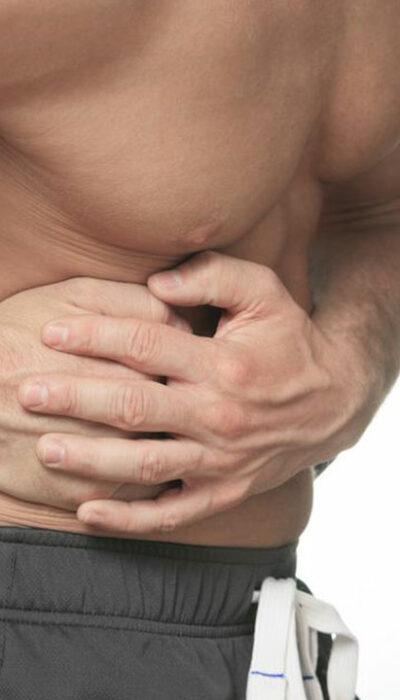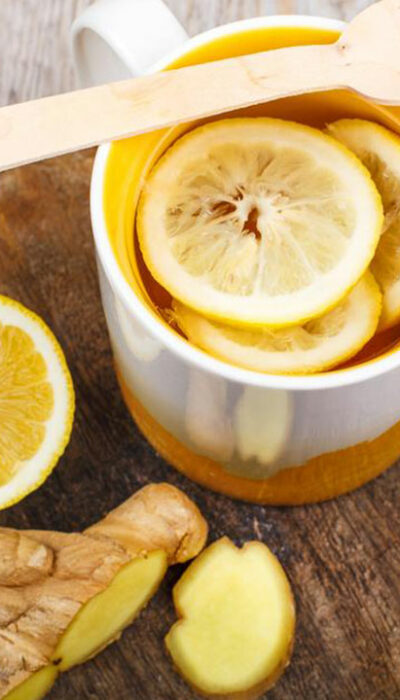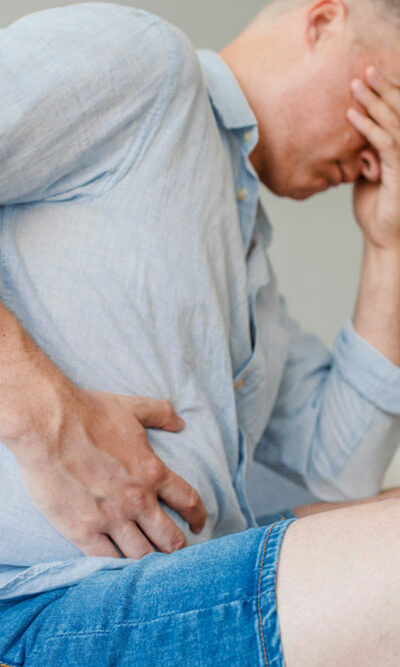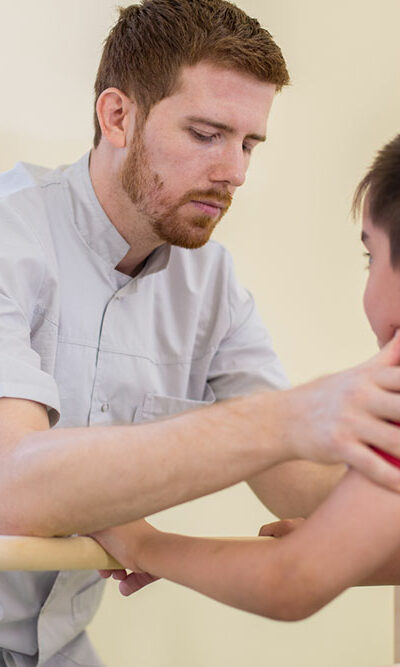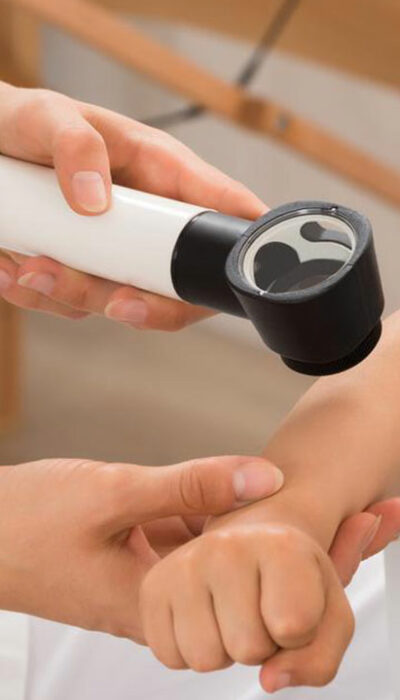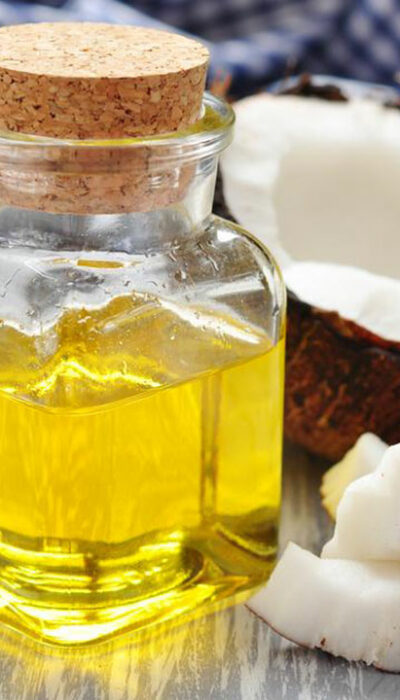
Treatment Options For Allergic Reactions
An allergy is the response of the immune system to an irritating substance. These allergens could come from food, insects, pollen grains, drugs, and medications. When our body comes across any allergen, our immune system becomes active and creates specific antibodies called immunoglobulin to fight with the allergen. Immunoglobulins are present in our nose, throat, eyes, and lungs. These antibodies activate the mast cells in our body which cause the release of certain chemical substances in these zones called histamines. The release of histamine causes symptoms of an allergic reaction such as swelling in the nasal passage, runny nose, itching in the throat, burning eyes, and other such symptoms. Every person is different and so are their allergies. No two people are bound to have the same reaction to an allergen. A person can be allergic to one thing but might be completely non-responsive to the other. Though allergies are different in different people, there are be best allergy treatments people can use to cure all types of allergies. The allergies can also depend upon the amount of exposure. A limited amount of exposure might not harm an individual but if it crosses the threshold, it can cause the allergy to flare up. These reactions basically depend on upon our genetic disposition. If the parents have some kind of an allergy, the child having the susceptibility of having the same allergy might increase manifold. The most common causes of an allergy are mentioned below. Allergy from food – Food items like fish, nuts, and dairy products can cause allergic reactions in different individuals. These allergies could manifest itself in skin allergies or nasal allergic symptoms. Airborne allergies – Airborne allergies are the allergies which are spread through the air. The main causes of these allergies are pollen, that is shed by the trees during the springtime.


